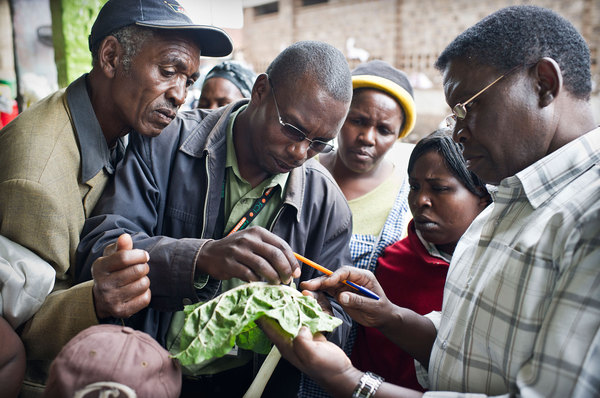Reducing post-harvest losses without the use of chemical treatments
From recent FAO studies, it has been found that over half of the world’s fruit and vegetables are lost due to post-harvest storage losses as a result of pests, diseases and incorrect storage conditions. In a climate where food consumption is at its highest, with many regions of the world suffering from a lack of…
Factsheet of the month: October 2015 – Grain storage in metal silos against insect pests
Last week, 193 Member States of the United Nations adopted the new Sustainable Development Agenda to end poverty by 2030. This came at the beginning of a three-day Summit on Sustainable Development during which focussed on implanting changes that will see the Agenda achieve its ambitious aims. The Agenda, consisting of 17 Sustainable Development Goals…
Introducing APHLIS: The African Postharvet Losses Information System
Plantwise have recently been investigating APHLIS data, a great source of information on postharvest losses in Sub-Saharan Africa. The system is run by a network of local experts who collect and supply data. Using a shared database and a Losses Calculator APHLIS provide estimates of weight losses for cereal grains at a national and provincial…
Why food losses are even greater than the Global Food report by IMechE says
by Daniel O’Hara Yesterday saw the release of a report from the Institution of Mechanical Engineers which highlighted the shocking level of waste within the global food system. The report, ‘Global Food – Waste not, want not’, claims 30-50% (or 1.2-2bn tonnes) of all food produced is wasted. In the context of a rapidly growing…


